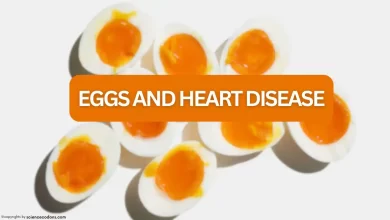
The main goal of the glycolysis pathway is to produce energy, and all body tissues can use the glycolysis pathway to produce energy. It is the main pathway for energy production in the brain and red blood cells. The unique feature of the glycolysis pathway is that it can produce energy in both aerobic and anaerobic conditions (Many biochemical pathways and cycles lack this feature).
Some advantages of glycolysis are:
- It can produce ATP, the cell’s primary energy currency, without needing oxygen. This is beneficial for cells that thrive in low-oxygen environments, like certain bacteria, or for cells that require a surge of energy when oxygen is limited, such as muscle cells during intense physical activity.
- It can produce NADH, a high-energy electron carrier, which can be utilized in other metabolic pathways, such as the Krebs cycle and oxidative phosphorylation, to generate additional ATP when oxygen is present.
- It can produce pyruvate, which can be converted into other molecules, such as lactate, ethanol, or acetyl-CoA, depending on the needs and conditions of the cell. Pyruvate can serve as a precursor for synthesizing amino acids, fatty acids, and other biomolecules.
- Glycolysis is a flexible and adaptable pathway that enables cells to extract energy from glucose and utilize it for multiple purposes. It is a fundamental and widely occurring metabolic process in life.








